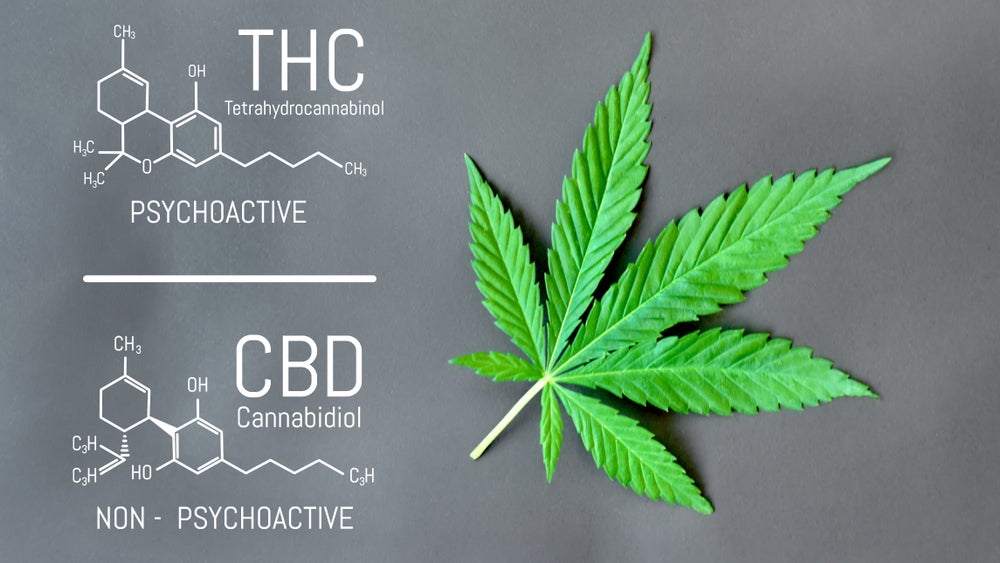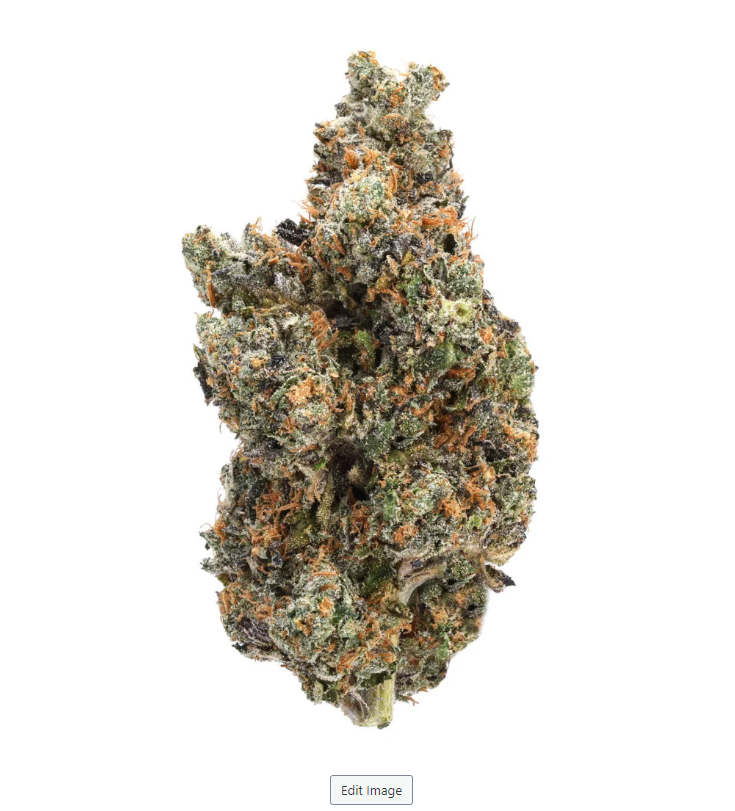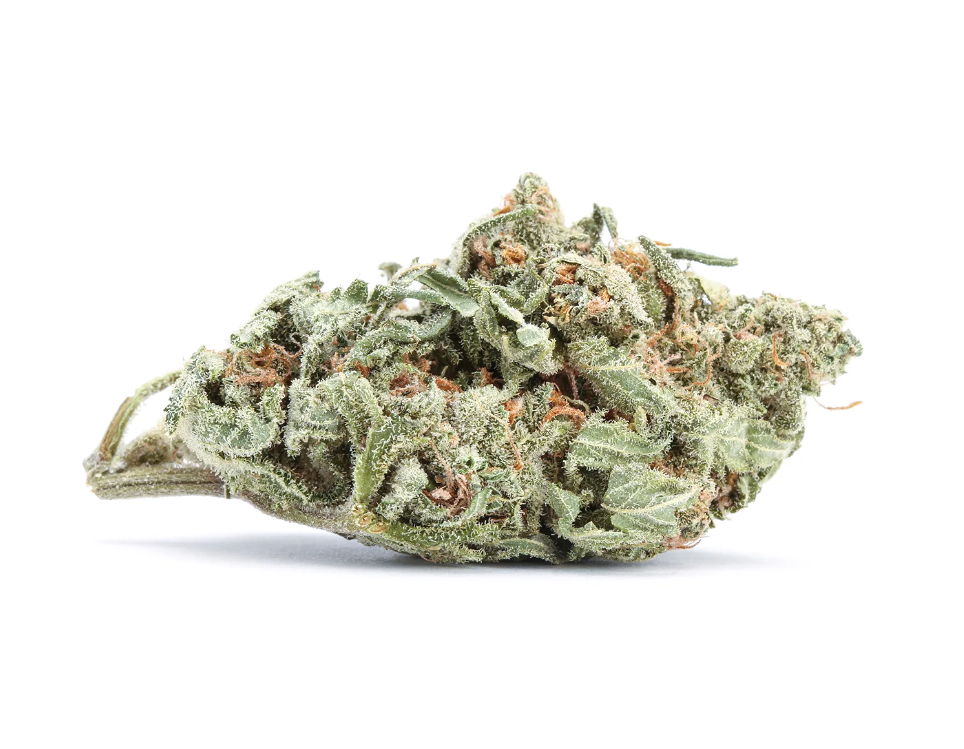Marijuana is one of the most popular and widely used of all psychoactive substances. Although its use and possession are still illegal in most countries, marijuana is consumed by over 20 million people in Europe and the United States. There are much more people in other parts of the globe who use cannabis regularly.
It is believed that the cannabis plant originated in Central Asia, but people have distributed it widely around the world. For thousands of years, this amazing plant has been cultivated and consumed in different human cultures. Marijuana is a multipurpose plant and people grow it for various reasons – some for its content of psychoactive chemicals, others for its fibre content.
Humans have cultivated marijuana for the past 8,000 years, but we still have a lot to learn when it comes to the cannabis plant. In this article, I will show you the basics of the science behind marijuana. You should get to know the endocannabinoid system and learn more about how it affects your body and health.
What is Endocannabinoid System?
It is a biological system responsible for a wide range of important functions in the human body, but the endocannabinoid system also plays an important role when it comes to the psychological and physical effects of marijuana.
The endocannabinoid system has widespread effects and a major therapeutic potential, which makes it a perfect target for medical research. Where did the name come from? Endo means originating within the body, while cannabinoid stands for the group of compounds that activate the endocannabinoid system. Many pieces of information about this system remain uncovered, but scientists have found out what lies behind the versatility of this fascinating plant.
Cannabinoids

Imagine an extremely small chemical messenger for your endocannabinoid system – this is a cannabinoid. There are two categories of cannabinoids: exogenous or endogenous, although many different types of these can be found in our bodies.
Exogenous stands for originating outside our bodies. You can find these compounds in the cannabis plant – THC (tetrahydrocannabinol) and (CBD) cannabidiol are both exogenous. If you consume these cannabinoids, THC and CBD interact with receptors in your body to perform psychological and physical effects.
Endogenous means originating within the body. These compounds, also called endocannabinoids, are produced naturally by our bodies and interact with our cannabinoid receptors. Endocannabinoids are needed to regulate a range of basic functions, such as memory, appetite, sleep, mood, pain, and much more.
Cannabinoid Receptors
Receptors are for receiving messages that produce a characteristic effect within our bodies. The message comes as a chemical messenger which binds to the receptor. Our endocannabinoid system has two types of receptors: CB1 and CB2. Although there are some cannabinoids that can interact with both of these receptors, each one usually responds to different cannabinoids. In order to explain why cannabinoids have such effects on the body and brain, you should learn more about the distribution of CB1 and CB2.
CB1 receptors can be found mainly in our brain and spinal cord, but they are also concentrated in brain areas that are connected with the behaviours they influence. These receptors are, for example, in the amygdala, which is responsible for emotional processing and memory, but CB1 can be found in the hypothalamus, which plays a role in appetite regulation. Most important is that CB1 receptors are to be found in nerve endings, where they help in reducing sensations of pain.
CB2 receptors are usually present in the peripheral nervous system and are mostly concentrated in immune cells. When these receptors are activated, they act to reduce inflammation, which is our immune system’s response to many conditions and diseases.
One of the most important things you should remember is that THC binds to both of these cannabinoid receptors in our bodies, and activates them just like an endocannabinoid. However, CBD works in a different way. It inhibits an enzyme called FAAH instead of binding directly to cannabinoid receptors. This enzyme plays a role in the breakdown of anandamide, which is the most important endocannabinoid in our bodies. When the FAAH enzyme is inhibited, it leads up to a buildup of anandamide in our brain.
Endocannabinoids
 You may be surprised, but there are actually cannabinoids produced naturally within our bodies, and these are called endocannabinoids. The two major ones that we know of are anandamide and 2-AG. The last one can be found at higher concentrations in our brain, but when it comes to anandamide, it is found in higher concentrations in other places of our bodies. These endocannabinoids are capable of binding to CB1 and CB2 receptors, but they are only produced when the body needs them. When our body releases endocannabinoids, these are broken down by enzymes very fast, but when you consume cannabis, plenty of cannabinoids are absorbed by the body and stick around. What does it mean? By consuming cannabis you activate your endocannabinoid system more strongly and for longer than it would normally.
You may be surprised, but there are actually cannabinoids produced naturally within our bodies, and these are called endocannabinoids. The two major ones that we know of are anandamide and 2-AG. The last one can be found at higher concentrations in our brain, but when it comes to anandamide, it is found in higher concentrations in other places of our bodies. These endocannabinoids are capable of binding to CB1 and CB2 receptors, but they are only produced when the body needs them. When our body releases endocannabinoids, these are broken down by enzymes very fast, but when you consume cannabis, plenty of cannabinoids are absorbed by the body and stick around. What does it mean? By consuming cannabis you activate your endocannabinoid system more strongly and for longer than it would normally.
Endocannabinoid System and its Functions
This system plays a great role in regulating a wide range of basic functions of our bodies, such as temperature, metabolism, appetite, memory, learning, sleep, neuroprotection, digestion, and much more. Moreover, our endocannabinoid system helps with illnesses and diseases.
It’s been shown that tumour cells express more cannabinoid receptors than healthy ones, and there is also a rise in endocannabinoid levels in people suffering from many disorders, such as anxiety, chronic pain, Parkinson’s disease and arthritis.
Therefore, scientists believe that the main function of the endocannabinoid system is to regulate homeostasis, which is the most important part of the biology of all living things. To briefly review, homeostasis is the ability to keep stable internal conditions that our bodies need to survive. When we’re getting sick, the reason for it is a failure in achieving homeostasis. This is why our endocannabinoid system has an important role in maintaining homeostasis.
For scientists and medical professionals, the endocannabinoid system is a treasure, as it plays many important roles in a wide range of vital processes while being extremely complex. We can be sure that this unbelievable plant holds great promise as a treatment for many illnesses and diseases while providing us with many ways for its recreational use.







